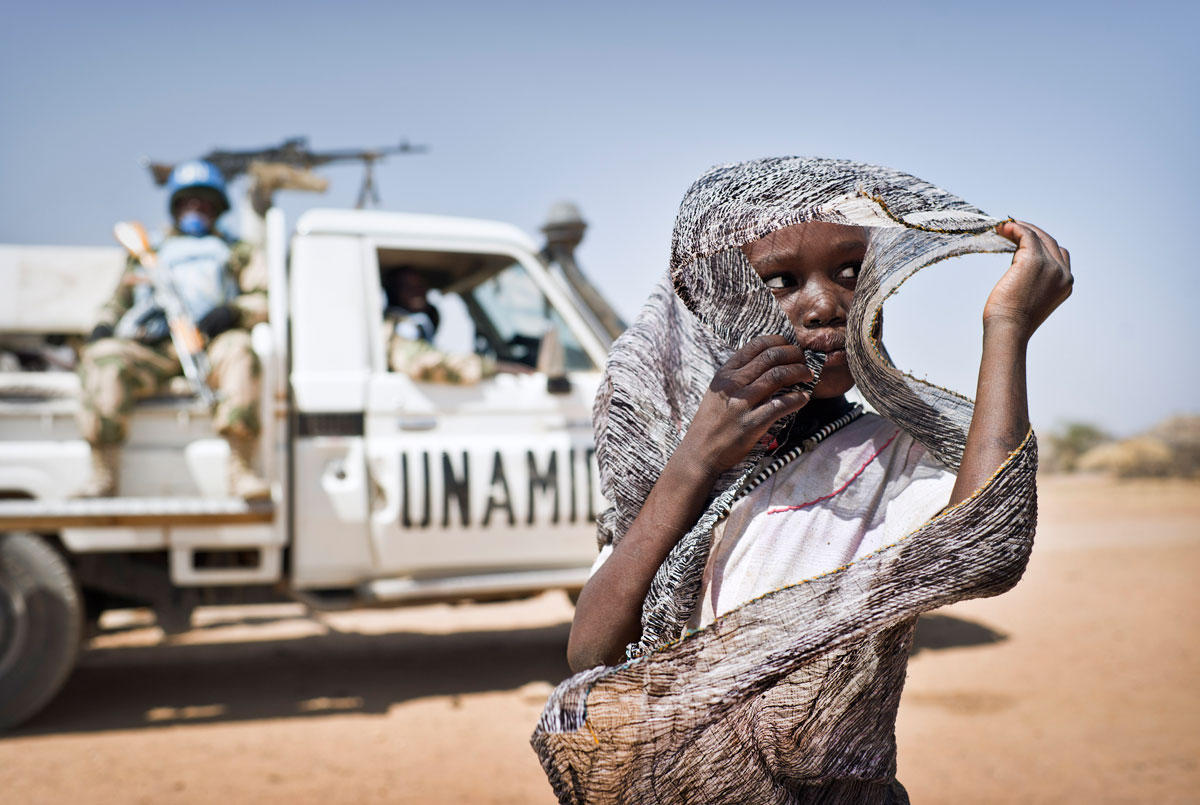
The 10th anniversary of the massive violence in Darfur in western Sudan illustrates just how intractable certain conflicts can become when a government has little incentive to reign in its aggression, the opposition is divided, and the international community’s focus is inconsistent. It is difficult to attach a date to the beginning of the crisis, as Darfur was a sporadically violent place well before 2003. But in this instance the starting point is identified as a high profile attack by Darfuri rebels in February 2003 that elicited a brutal government response.
While the violence in Darfur today doesn’t approach the peak of the destruction in 2003-2005, the crisis has by no means gone away. Some areas, particularly North Darfur and East Darfur states, have become more violent over the past year.
Part of the current dynamic is that the Khartoum government has armed many militia and irregular forces over the course of the conflict that are now out of their control (if they ever were truly under the government’s control), and some have turned on the government for perceived lack of support and just rewards. Meanwhile, the government’s efforts to buy off key groups in Darfur have suffered as a result of Sudan’s economic struggles. The three main Darfur rebel movements control modest chunks of land and have recently coalesced in the Sudan Revolutionary Front, which commits itself to the overthrow of the current government – preferably by peaceful means, they say.
Two arduously negotiated peace agreements have been signed by the government and a single rebel group; neither has led to much peace. The latter, the Doha Document for Peace in Darfur, was signed in Qatar (which bankrolled the negotiations) by the Khartoum government and the Liberation and Justice Movement, a collection of splinter rebel movements with limited military capacity in Darfur and hence, in the logic of Sudan’s wars, little political influence. The agreement has, to be charitable, been selectively implemented, and has had a negligible impact on the wellbeing of the vast majority of Darfuris.
If there is anything to be learned from the long-running Darfur peacemaking enterprise, it is that agreements between the government and individual rebel movements are of little, if any, value, in part because the rebels don’t have the critical mass on their side to compel government implementation.
All the while, almost 2 million people are estimated to be internally displaced, a few hundred thousand more are refugees across the border in Chad, and roughly 300,000 have died due to the violence. It is difficult to envision the plight of those who’ve fled within Sudan and refugees outside ending any time soon.
Even when the situation eventually returns to normal, the new normal will look vastly different from what Darfur used to be. In particular, many of those who’ve been displaced within the country and are living in semi-urbanized camps, especially young people, are unlikely to return to their traditional rural, agricultural livelihoods.
But the keys to addressing instability in Darfur are as likely to be found in Khartoum as they are in Darfur.. As the African Union High-Level Panel on Darfur reported in 2009, what we have seen over the past decade is a manifestation of “Sudan’s crisis in Darfur,” meaning that violence in Darfur is as much a product of how officials in Khartoum govern Sudan as it is a result of events in Darfur itself.
Until that governance failure is honestly and comprehensively addressed by a broad collection of Sudanese, with the support of the international community, it is difficult to be optimistic about progress in long-suffering Darfur.
Tell us your thoughts about the approaches the international community has applied on Darfur by submitting your comments below.
Jonathan Temin is director of Sudan and South Sudan programs at USIP.